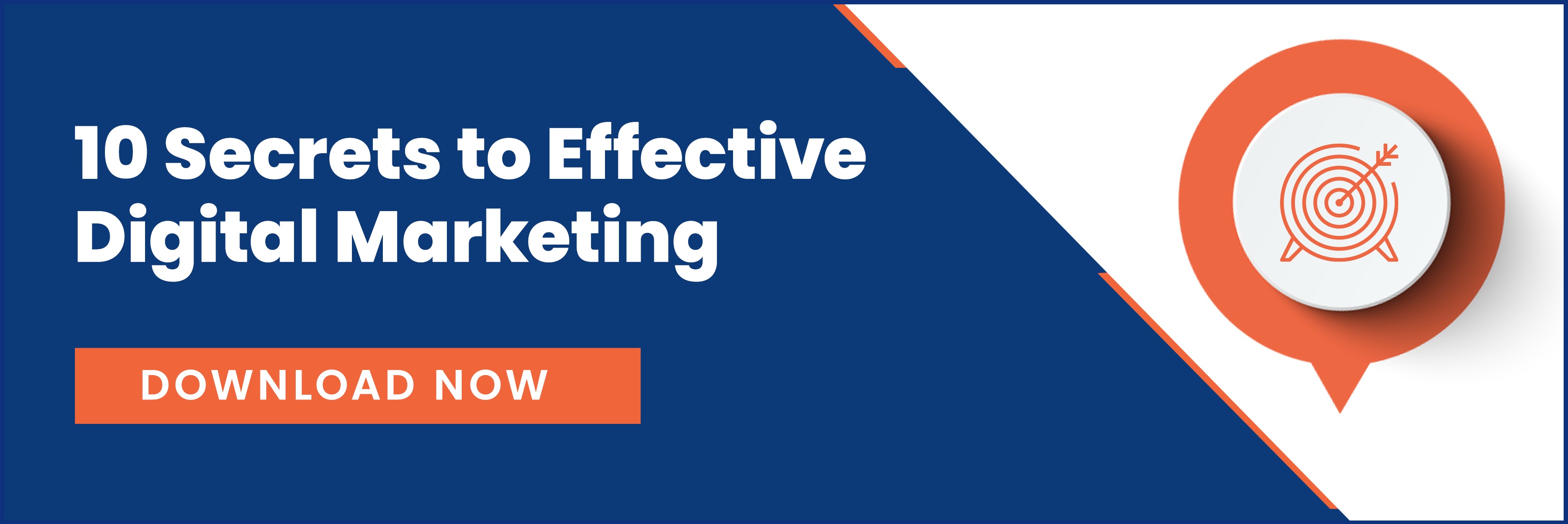'Reach' and 'impressions' have become marketing buzzwords that cause confusion among some marketers. The problem is that not everyone completely understands what they are, much less how to optimize them. Nonetheless, they both play an essential role in brand awareness, brand engagement, and measuring your campaigns’ success, so it’s important to familiarize yourself with their nuances.
Reach vs. Impressions: What's the Difference?
Both terms are used for counting engagement, with one significant difference between the two — reach is the number of users who see your ads, and impressions are the number of times your ad is seen. In most cases, you will see that impressions are always higher than reach. This is because your reach count users will have undoubtedly seen your post at least once, but it's more likely that most of them have seen it more than once.
A good way to separate the two terms is to pay close attention to what your analytical tools say about how many times your ad was placed into a user's feed and how many users actually saw it.
To calculate reach and impressions, follow this formula:
Impressions / Frequency = Reach
For better understanding, think of it this way:
In a real-life scenario, you post your content, and ten people see it. More specifically, those ten people see it three times each. In this situation, your reach is 10, and your impressions are 30.
OR
You display your ad on social media 1,000 times, and 500 people click on your ad — 500 would be your reach, and 1,000 would be your impressions.
Which one is more important?
Determining which metric is more important relies heavily on your marketing goals. First and foremost, there can be an advantage to tracking both reach and impressions.
Tracking both enables you to:
- See if your ads are effective — When you track impressions, you get insight into how many times your ad was sent to user feeds. Your reach count dives into how many people saw it. When combined, you gain a better understanding of your ads' effectiveness by evaluating how many people clicked or engaged with your content versus the number of times it was displayed. The higher the ratio, the better.
- Measure brand awareness — Combining both can help you measure how successful your ad is at increasing brand awareness by calculating your impression to reach ratio. Meaning, if your ratio is high, then your marketing efforts are bringing more awareness to your brand.
- SmallBizGenius reports that it takes 5 to 7 impressions for people to remember a brand. With that being said, you'll want more impressions than reach to increase brand awareness.
When a marketer would want to optimize for reach
Optimizing reach is important when you're looking to measure and enhance your paid campaigns. The more people you can reach with your content, the more successful your marketing will be in reaching your target audience.
Reach can also be an indication of whether you need to make changes to your ad. For instance, if you know your ad is reaching a significant portion of your target audience but not eliciting any actions or responses, then you likely need to make improvements.
When a marketer would want to optimize for impressions
Impressions are also significant, depending on your marketing goals. You may want measurable results to ensure you’re not wasting any ad spend.
For instance, impressions can be tracked over time to measure performance. If your ad is getting few impressions (or, in worst-case scenarios, none), then you know you need to make adjustments right away to market in a more cost-efficient way.
How to expand your reach and impressions
There are several ways to expand your reach and impressions, especially when using numerous digital marketing strategies at your disposal.
Two important digital strategies include:
- Pay-per-click advertising (PPC) — These are paid ads that make it to the top of search results. Paying to be easily seen and accessible to your audience can directly influence reach and impressions, especially since most people don’t search beyond the first results page, and tend to trust only results that are near the top.
- Display advertising, in particular, can be vital. Considering the Google Display Network alone, Google reveals it reaches 90% of global internet users — "across millions of websites, news pages, blogs, and Google sites like Gmail and YouTube."
- Social media marketing — Social media marketing is also essential because it's where nearly everyone is spending their time. More specifically, 3.6 billion people were social media users in 2020, and 4.41 billion people are expected to join the ranks by 2025.
- Video tactics can prove to be a driving factor for increasing reach and impressions on social media. Sixty-nine percent of people prefer video over text when learning about a product or service, and 88% of marketers are satisfied with their social media video marketing ROI.
Tips on how to improve your reach and impressions
If you're interested in improving your reach and impressions, we have three tips to keep in mind:
- Identify your target audience - Knowing who you're targeting makes sure your ads speak to the right people with the right message. Regularly evaluating your content's reach and impression results within your target market ensures your marketing efforts are continuously improved, which inherently increases both.
- Monitor engagement - Understanding what does and doesn't resonate with your consumers is also critical. For example, if you notice one of your ads or content is getting more engagement results than the others, evaluate why that is and improve the others accordingly.
- Create shareable content - The more exciting and relatable your content is (to your brand and audience), the more likely it will be shared. When deciding what that is for your business, keep in mind that posts that evoke strong emotions in people are more likely to succeed on social media. Positive emotions like awe, amusement, and laughter in particular make people want to share.
Essentially, both reach and impressions — although distinctly different — are very important in evaluating and improving your marketing campaigns. Working with an experienced media partner to drive reach and impressions ensures you're maximizing the potential of both metrics while minimizing wasted ad spend.




